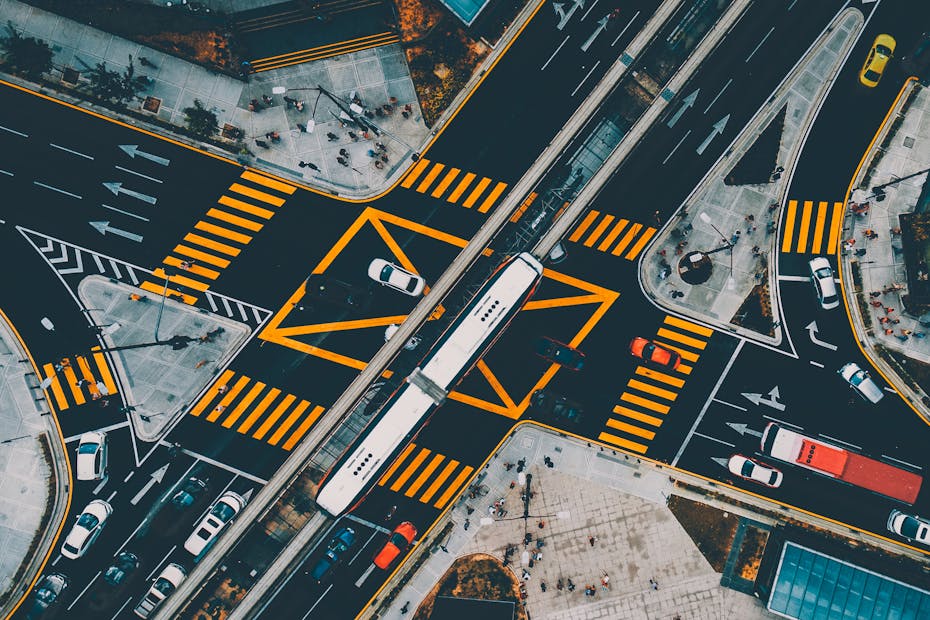Introduction
Urban development has traditionally been a slow, top-down process driven by government agencies and large-scale planning efforts. However, in recent years, a more dynamic and grassroots approach known as tactical urbanism has gained momentum. Tactical urbanism refers to small-scale, low-cost, and temporary interventions in urban spaces that aim to improve public areas, enhance livability, and address immediate community needs.
From pop-up bike lanes and street art to temporary plazas and pedestrian-friendly streets, these initiatives empower local communities to experiment with urban improvements. This article explores the principles, benefits, challenges, and real-world examples of tactical urbanism, highlighting its potential to reshape cities and make them more inclusive, resilient, and vibrant.
What Is Tactical Urbanism?
Tactical urbanism is an incremental approach to city transformation that focuses on temporary, scalable, and community-driven projects. Unlike traditional urban planning, which often involves lengthy bureaucratic processes, tactical urbanism embraces rapid implementation and experimentation.
Key Characteristics of Tactical Urbanism
- Short-Term Implementation, Long-Term Impact – Projects are temporary but can inspire permanent changes.
- Low-Cost and Resourceful – Uses inexpensive materials like paint, planters, and temporary structures.
- Community-Led and Inclusive – Involves local residents, artists, and activists in decision-making.
- Experimental and Adaptable – Allows for testing ideas before committing to permanent infrastructure.
- Focus on Public Spaces – Enhances streets, sidewalks, parks, and plazas for community benefit.
Tactical urbanism challenges the conventional notion that urban development requires massive investments and years of planning. Instead, it prioritizes agility and citizen participation, making cities more responsive to changing needs.
Why Tactical Urbanism Matters
Tactical urbanism plays a crucial role in shaping more people-friendly and adaptable cities. Here’s why it’s becoming an essential tool for urban transformation:
1. Reclaiming Public Space
Many cities have prioritized cars over pedestrians, leaving little room for people-centric spaces. Tactical urbanism projects reclaim streets and sidewalks, turning them into areas for gathering, recreation, and mobility.
📌 Example: Converting underutilized parking spaces into pop-up cafés and parklets to create vibrant social spaces.
2. Enhancing Walkability and Cycling Infrastructure
Pedestrian and cycling-friendly streets encourage sustainable transportation and reduce traffic congestion. Tactical urbanism introduces temporary bike lanes, pedestrian plazas, and crosswalk improvements that often lead to permanent adoption.
📌 Example: The “Pavement to Parks” initiative in San Francisco transformed excess road space into small public parks.
3. Fostering Community Engagement
Since tactical urbanism is often led by local residents, it strengthens community engagement and activism. It allows people to directly contribute to shaping their neighborhoods.
📌 Example: In Bogotá, Colombia, the Ciclovía movement closes major roads to cars every Sunday, allowing pedestrians and cyclists to take over the streets.
4. Addressing Urban Inequality
Many underserved communities lack access to quality public spaces. Tactical urbanism can quickly and affordably improve neighborhoods, ensuring that public spaces serve everyone, not just affluent areas.
📌 Example: Painted crosswalks and street murals in low-income neighborhoods improve safety and bring artistic expression to neglected areas.
5. Climate Resilience and Green Spaces
With increasing climate challenges, cities need more green infrastructure. Tactical urbanism introduces pop-up gardens, green roofs, and shaded seating areas to improve urban resilience.
📌 Example: Temporary “cooling stations” with greenery in hot urban areas help mitigate heat island effects.

Types of Tactical Urbanism Interventions
Tactical urbanism covers a wide range of interventions. Here are some of the most common types:
1. Pop-Up Parks and Parklets
- Small public spaces created in parking spots or vacant lots.
- Often include seating, plants, and temporary installations.
- Example: The global “Park(ing) Day” movement, where metered parking spots are turned into mini-parks.
2. Temporary Bike Lanes and Pedestrian Zones
- Quick installations of bike lanes using cones, paint, and planters.
- Test how well cycling infrastructure works before making it permanent.
- Example: New York City’s Times Square pedestrianization project, which started as a temporary measure but became permanent.
3. Murals and Street Art
- Large-scale art projects that bring vibrancy to neglected urban areas.
- Help foster cultural identity and deter vandalism.
- Example: The Wynwood Walls in Miami, a once-industrial neighborhood transformed into an outdoor street art museum.
4. Guerrilla Gardening and Urban Farming
- Planting flowers, trees, and vegetables in abandoned urban spaces.
- Helps increase green space and promotes sustainability.
- Example: London’s “Incredible Edible” initiative, where community members plant edible gardens in public spaces.
5. DIY Crosswalks and Traffic Calming
- Painted crosswalks, curb extensions, and speed bumps to improve pedestrian safety.
- Example: In Mexico City, residents painted “zebra” crosswalks to improve road safety where officials failed to act.
6. Tactical Seating and Outdoor Furniture
- Temporary benches, picnic tables, and shaded rest areas.
- Encourages social interaction in public spaces.
- Example: The “Chairs in the City” project in Montreal, where public seating was introduced in busy areas.
Challenges and Criticism of Tactical Urbanism
Despite its benefits, tactical urbanism faces several challenges:
1. Government Regulations and Bureaucracy
- Many cities have strict rules against unauthorized urban modifications.
- Some projects get removed or shut down due to legal concerns.
2. Lack of Funding and Resources
- Although low-cost, tactical urbanism still requires materials and volunteers.
- Some initiatives struggle to maintain momentum without financial support.
3. Risk of Gentrification
- Successful interventions can lead to rising property values and displacement.
- The challenge is ensuring equitable urban development that benefits all residents.
4. Temporary Nature of Projects
- Some interventions never become permanent due to lack of city support.
- Community-led efforts sometimes struggle to gain institutional backing.

Real-World Examples of Tactical Urbanism in Action
1. Times Square Transformation (New York City, USA)
- What started as a temporary pedestrian plaza with paint and folding chairs became a world-famous car-free zone.
- Increased foot traffic and economic activity led to its permanent redesign.
2. Superblocks (Barcelona, Spain)
- A tactical experiment to reduce car traffic and prioritize pedestrians.
- Streets within superblocks have more trees, seating, and community spaces.
3. The “Better Block” Project (USA)
- A grassroots initiative that temporarily redesigns underused streets.
- Introduced bike lanes, outdoor seating, and pop-up shops in struggling neighborhoods.
4. Paris “15-Minute City” Plan (France)
- Aims to make all essential services accessible within a 15-minute walk or bike ride.
- Inspired by tactical urbanism principles to reclaim streets for people.
Conclusion
Tactical urbanism is proving to be a powerful tool for urban transformation, offering communities the opportunity to reshape their cities quickly, affordably, and inclusively. By reclaiming public space, enhancing walkability, and promoting community engagement, these small interventions create lasting urban change.
While challenges remain, tactical urbanism serves as a testing ground for future urban innovations. By bridging the gap between temporary experiments and long-term policy changes, it has the potential to make cities more resilient, sustainable, and human-centered for generations to come.
